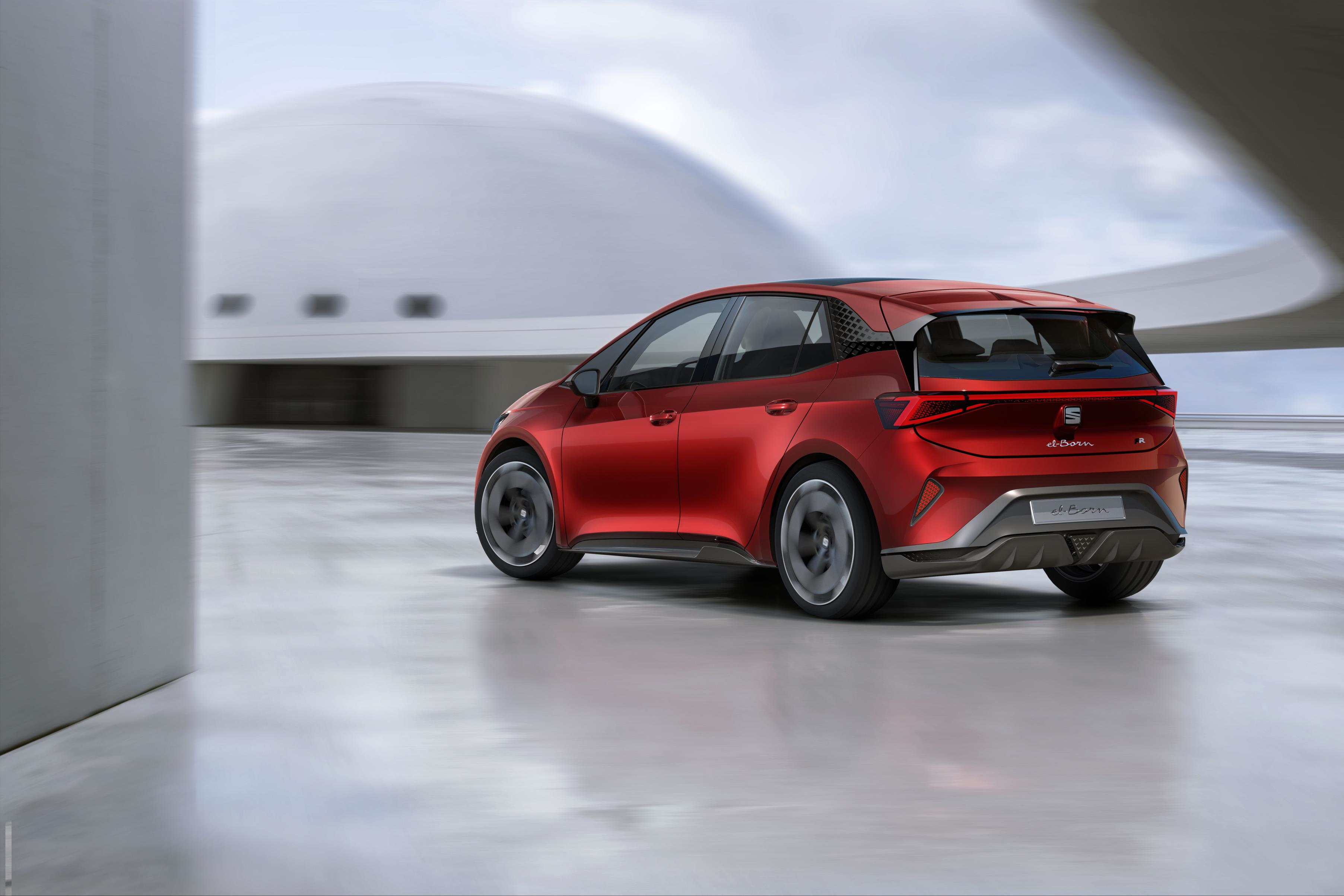Seat el-Born is the firm’s first 100% EV based on the Volkswagen Group MEB platform. Named after a neighbourhood of Barcelona, it is a sporty vehicle featuring the most advanced electric technology. Ironically, it will be built at the Zwickau plant in Germany by 2020.

With a power and energy dense battery pack, the el-Born has a range of up to 250-miles on the WLTP official test cycle and the ability to scorch from 0-60mph in only 7.2s. With a battery recharge time of just 47-minutes, it will change the face of EVs. Yet, this new car is also about the integration of other technologies and its autonomous functionality is at the next level, although it is designed to be driven first.

Aerodynamics are key to maximising the vehicle’s range and, without need to gulp-in cooling air, el-Born’s front-end looks very Tesla3-like. Cooling vents for the battery pack are located lower down. Yet, it is a dynamic design that uses the freedom granted by the electric powertrain to create a more spacious cabin. With 20.0-inch diameter wheels, in a turbine design, creating a positive flow of air, aerodynamics are enhanced, while also ventilating the brakes.

Interior space is maximised, the sculpted cabin gifting a feeling of lightness allied to technological advancement, with the integration of a digital cockpit, including a 10.0-inch infotainment and connectivity screen planted in the driver-focused dash centre. Greater storage space, with an ability to stow a bag between the two front seats will be an attraction.

EVs are not judged on their performance but their ability to travel further on a single charge, with minimal disruption to recharge the battery pack. Seat has integrated an advanced thermal management system to maximise vehicle range in environmental extremes. The vehicle’s heat pump can reduce the electrical heating consumption, saving up to 60km in autonomous mode, a useful factor in countries where temperatures can drop and occupants need to use climate control systems more comprehensively.

As our roads congestion grows, cars need to take some of the strain from the occupants, which Seat suggests that its el-Born does consummately, integrating the latest developments in autonomous functionality and connectivity to relieve some of the pressures of modern life. The el-Born benefits from autonomous level two systems, giving partial automation to the vehicle, so it can control steering, acceleration and deceleration events. However, it can be upgraded as technology demands change. Factor in its other systems, such as Intelligent Park Assist, and the Seat el-Born is a concept that encapsulates the future of driving.